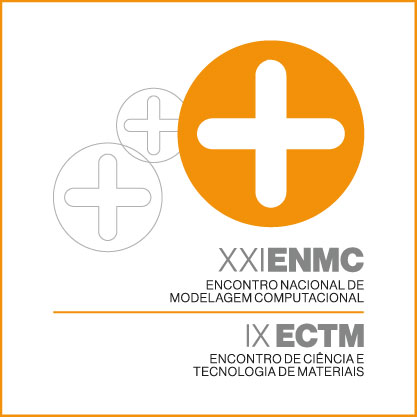A NUMERICAL STRATEGY FOR SPEEDING-UP LARGE-SCALE
Resumen
Despite the large medical evidence relating the onset and localization of vascular diseases and flow-related quantities, the massive use of computational models in the daily medical practice is still strongly limited due to the computational burden involved in large-scale hemodynamic simulations. Strategies relying on parallel computing are able to perform some reduction in the computational time of blood flow simulations but, at the same time, the computational resources needed for an effective reduction pose strong limitations, which highlights the need of novel numerical strategies capable to reduce the computational cost of this kind of simulations. In this work, we explore the Transversally Enriched Pipe Element Method (TEPEM)as a novel numerical strategy, specially developed aiming the reduction of both computational time and resources required to perform patient-specific blood-flow simulations. By combining a goal-oriented slab-type geometrical discretization of the vasculature and mixed order polynomials for the field approximation, the TEPEM provides a spatially detailed description of themain flow-related quantities (velocity, pressure, wall shear stress) at a fraction of the cost of approximations based on the classical Finite Element Method (FEM). The potentialities of the presented strategy are studied through numerical examples of increasing complexity scale.Descargas
Publicado
22-12-2018
Número
Sección
Métodos Computacionais


